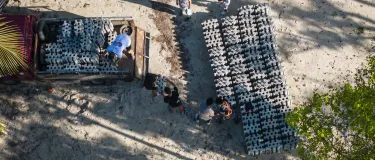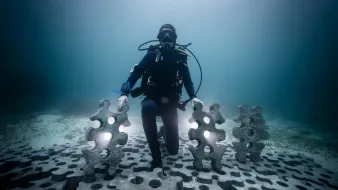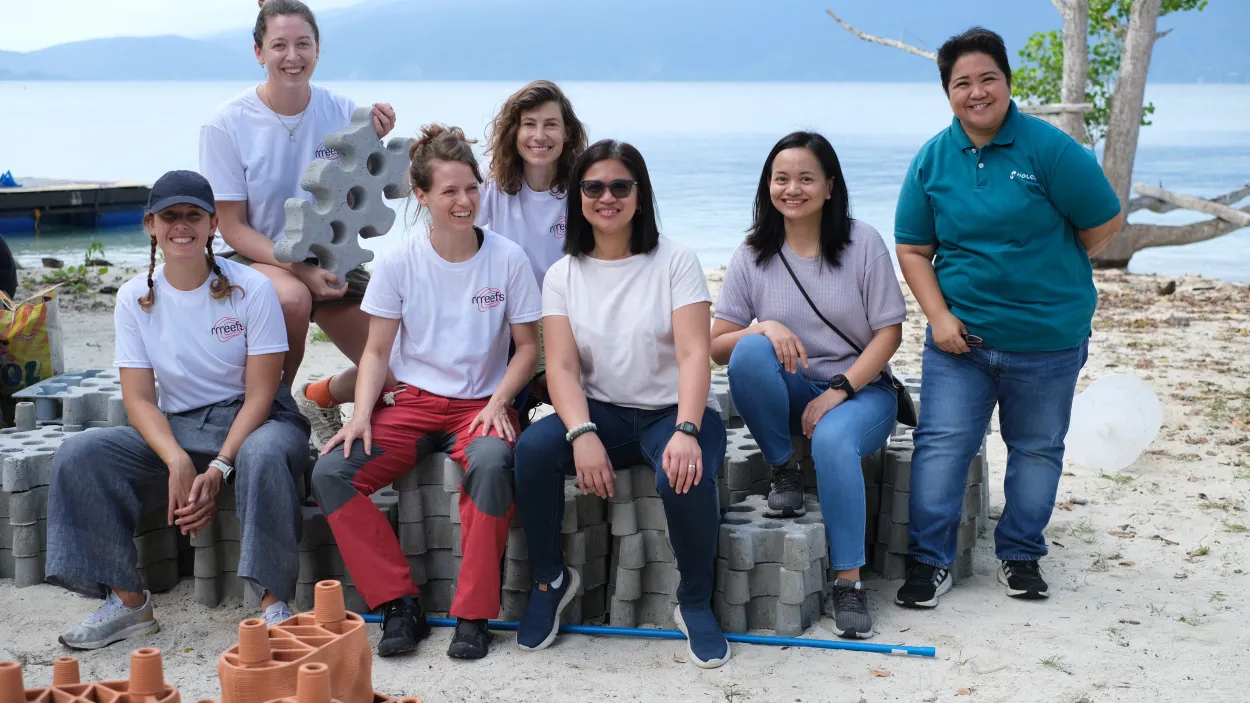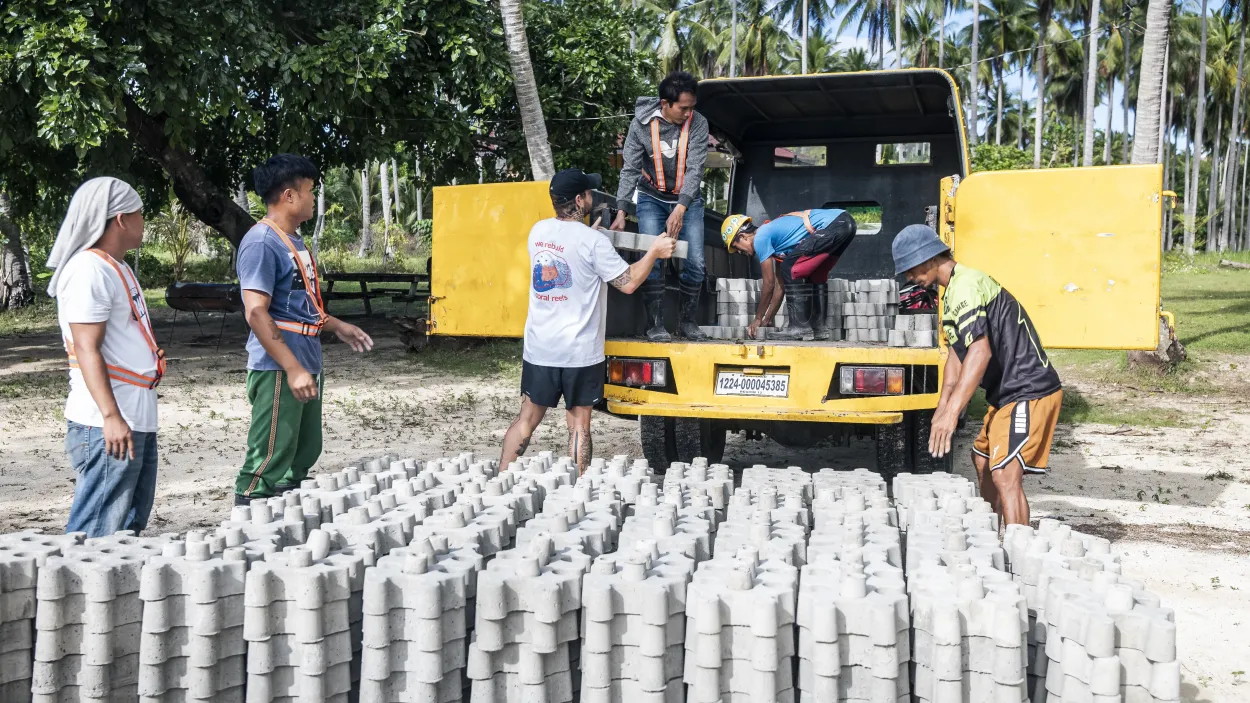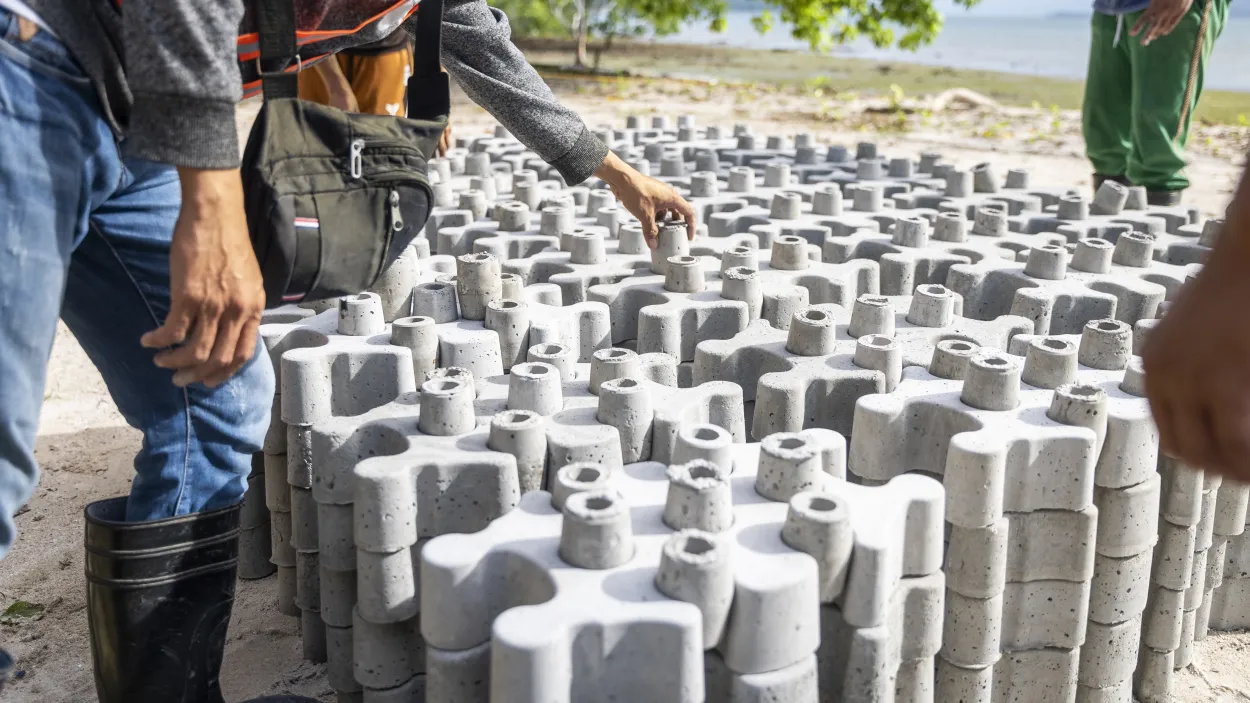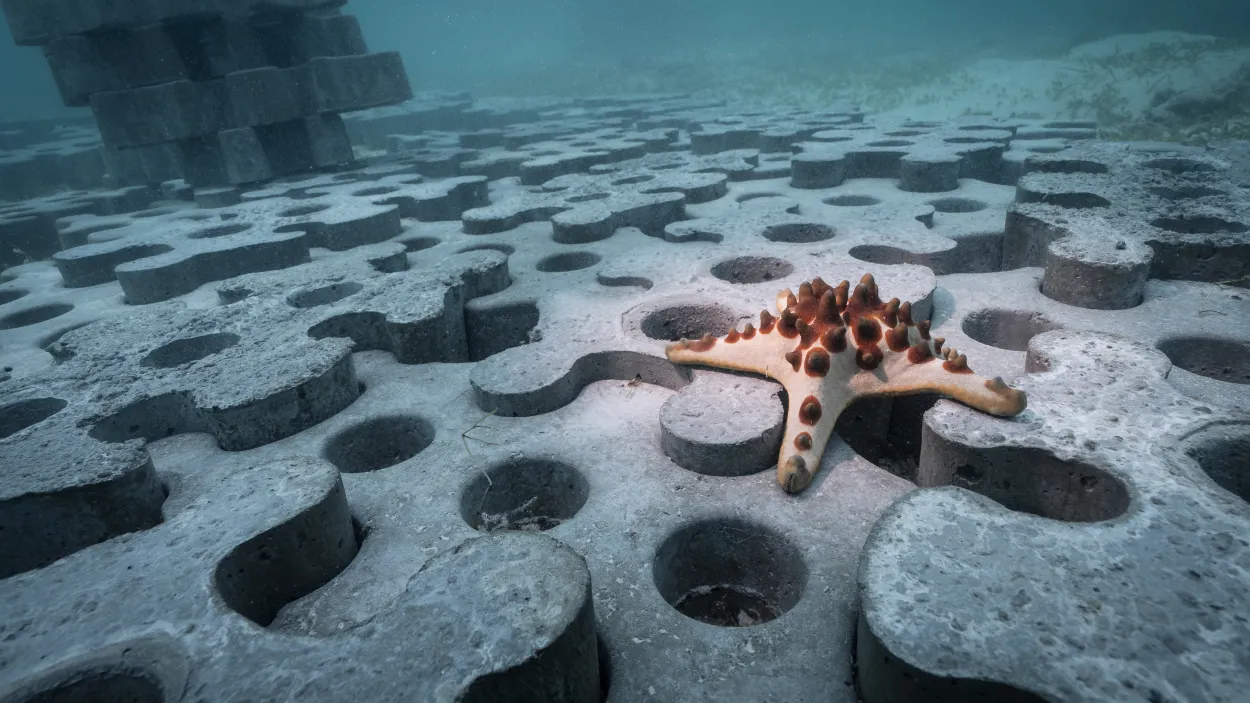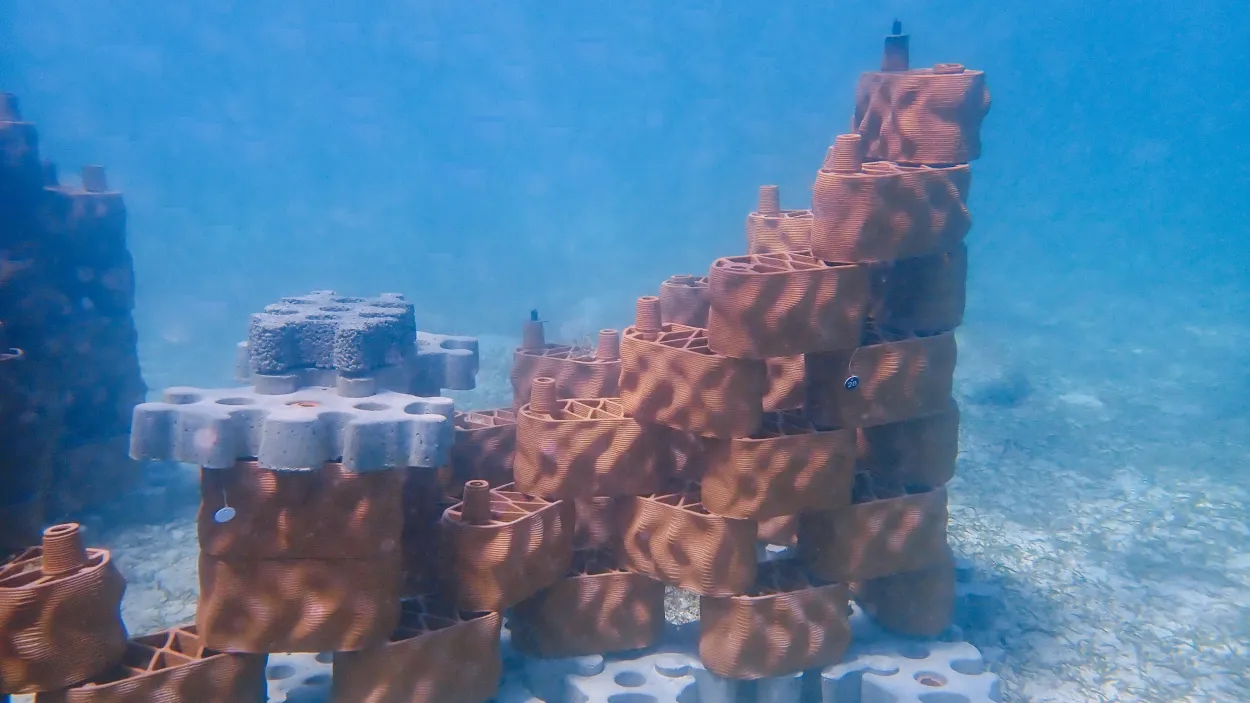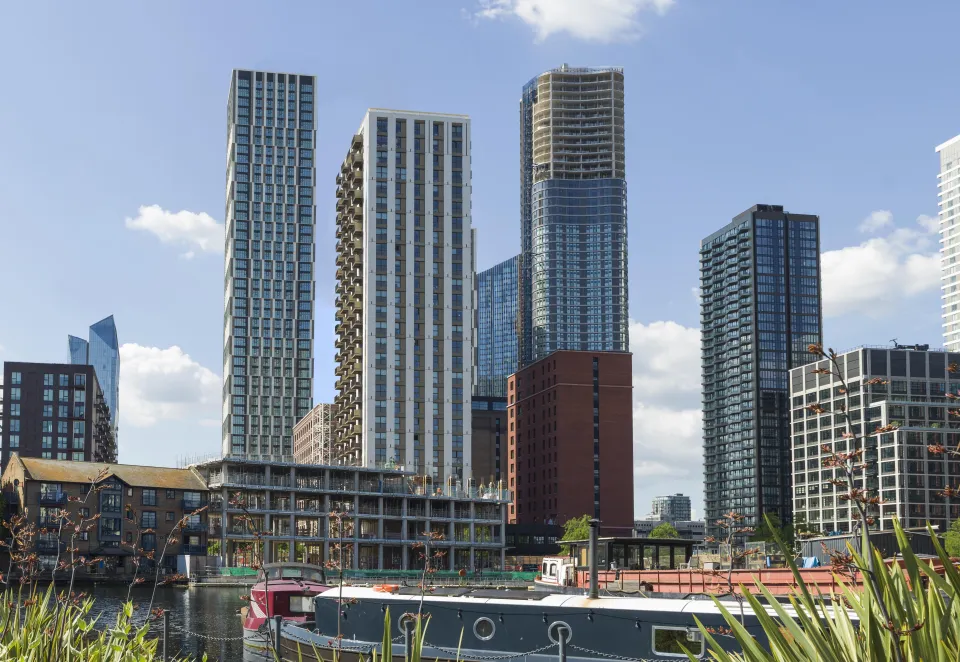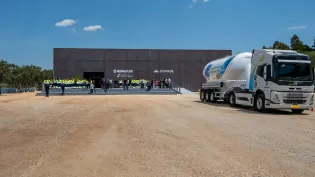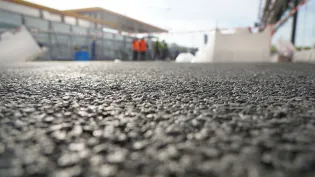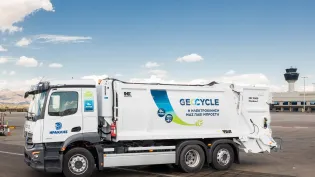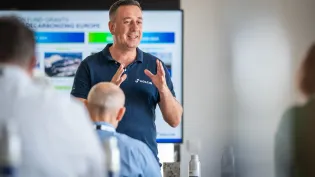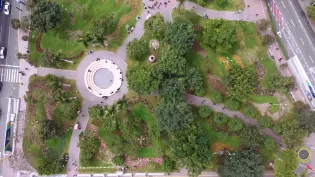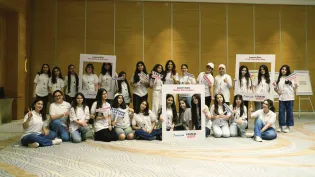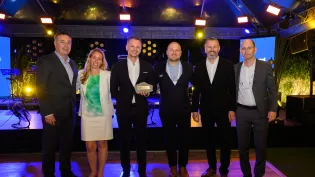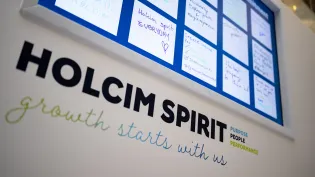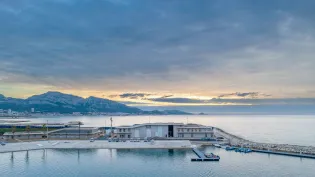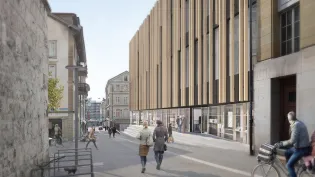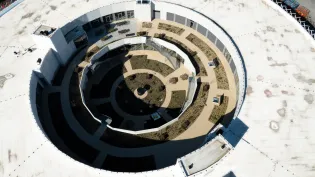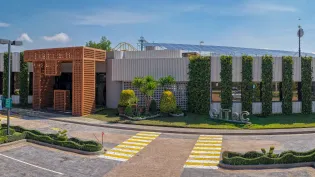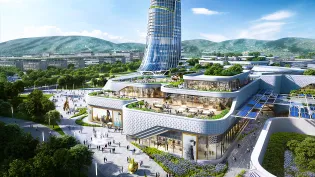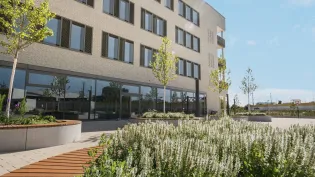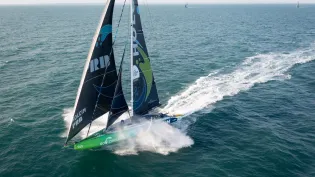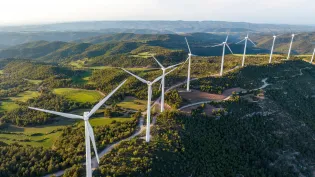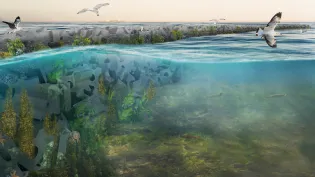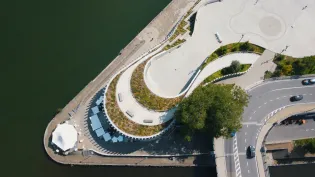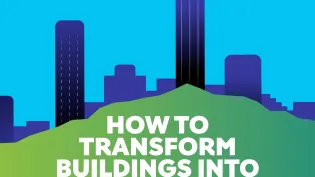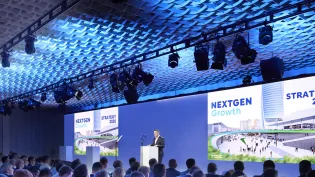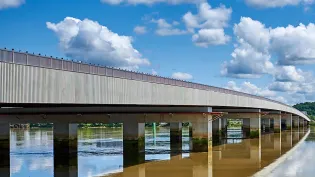Breathing life back into coral reefs with ECOPlanet
From Melbourne to Milan, Holcim’s low-carbon ECOPlanet cement is being used to build sustainable homes, offices, industrial sites and infrastructure worldwide.
Concrete is the backbone of urbanization and has a central role in decarbonizing construction. Offering unrivaled durability, affordability and performance while being 100% recyclable, it offers strong net-zero potential too.
What if we could go one step further, and use ECOPlanet in the ocean as well to rehabilitate the biodiversity of precious marine ecosystems? This is what Holcim is doing in the Philippines, where we’re partnering with Swiss social and environmental impact startup rrreefs to restore coastal areas in Mati, Davao Oriental using artificial coral reefs.
“My country lies within the coral triangle, an area that marine ecologists recognize as the global hub of marine life. The biodiversity here is exceptional, with more than one million species of plants and animals associated with coral reefs,” says Zoe Sibala, CFO at Holcim Philippines.
But coral reefs across the world are in trouble, with a global decline driven by climate change and pollution. The Philippines are no different, with 98% of the country‘s reefs classified as threatened, with 70% at high or very high risk.
Holcim has supplied rrreefs with ECOPlanet cement to create 500 concrete base elements. Sitting off the coast in Pujada Bay near Mati city, these will hold 820 3D-printed artificial reef modules produced by the Swiss startup, covering an area of 100 square meters.
Designed for corals to regenerate and fish to thrive, the modules enable a reef ecosystem to flourish without further maintenance. In addition, Holcim has provided five units made of our patented marine bioactive concrete that will be tested as part of the artificial reef system.
Did you know?
Declared a marine protected area in 1994, Pujada Bay is a biodiversity hotspot of diverse marine ecosystems. Its relatively sheltered waters provide a suitable environment for coral growth, allowing for thriving, interconnected coastal ecosystems.
Designed to allow rapid colonization by a great diversity of plants and algae, this bioactive bilayer concrete forms part of our portfolio of innovative nature-based building solutions for sustainable construction, and is just one solution we offer to protect marine environments.
Measuring success and amplifying impact
Through the partnership, rrreefs will share information and monitor data on the biodiversity performance and environmental impact of the project.

"We are excited to collaborate with Holcim Philippines to strengthen the foundation of our reef system and inspire further actions towards a nature-positive future. By utilizing our innovative 3D reef solution, we're not just building structures – we're breathing life back into marine habitats. Combining different competencies and resources, this partnership is important to us to amplify our impact in the region.”
Zoe and her colleagues are excited to see how this project will deliver a positive impact for local communities as well, by raising awareness around coral reefs and the need to preserve them.
“I’m proud to be a part of this collaboration with rrreefs and other ecological services companies to advance innovative building solutions for a more vibrant ecosystem in the country,” she says.
Preserving nature from sea to city
With our GO CIRCULAR campaign, we are sailing the world from sea to city with our 60-foot monohull boat , raising awareness about circular building and living.
Our sailing crew, Team Holcim-PRB, takes part in some of the most prestigious races, collecting water and air samples from remote parts of the world, as well as data. These are shared with the World Meteorological Organization to advance climate science and insight needed to protect our precious ecosystems.
At coastal cities worldwide we underscore the importance of circularity. Through GO CIRCULAR we’re connecting with partners and public authorities to create awareness and open the dialogue for accelerating circular construction.
On a more local level, the Circular Explorer, a first-of-its-kind 100% solar powered catamaran, is preserving vital marine ecosystems by collecting an average of 500 kg of marine litter per day. It is currently operating in Manila Bay.
The Circular Explorer also includes an education program to empower students and local communities as change makers to lead the shift toward circular living.
Taking a science-driven approach for more impact, the Circular Explorer partners with the University of the Philippines Marine Science Institute to advance ocean research. With built-in sensors and micro-plastic collectors on board, it drives live data mapping along its journey to fuel the faculty’s research programs.





